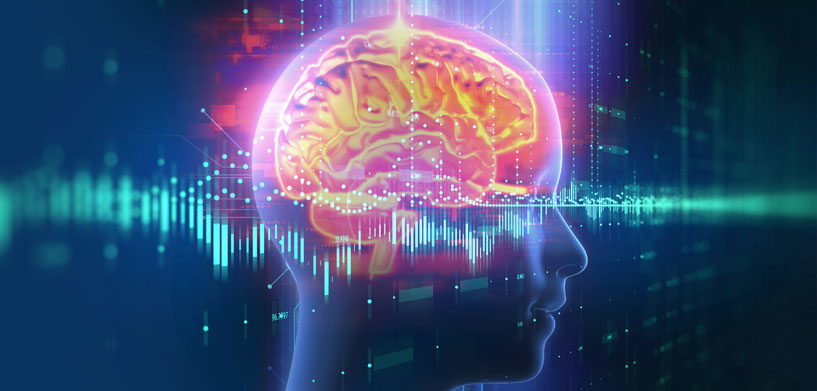Within an emergency communications center, every second counts. A fast, efficient response can determine an outcome, but how can comms centers optimize time?
Today, many agencies have analytics systems integrated with their computer-aided dispatch (CAD) and records management systems. This enables personnel to conduct after-the-fact analyses to prepare for the future, but it provides few insights into live situations. The inability to analyze and act on real-time data creates missed opportunities to better understand complex emergencies.
When part of a CAD system, assistive artificial intelligence (AI) and machine learning can fill blind spots by mining operational data to deliver insights about events as they unfold. Monitoring real-time data optimizes every second, resulting in a faster response.
Assistive AI within a CAD system can leverage real-time data analysis to transform an agency’s response. This provides:
Greater situational awareness
Assistive AI can autonomously and continuously search massive amounts of historical and real-time CAD data, making connections and spotting similarities in events that might have otherwise been missed. When real-time connections are made, call-takers and dispatchers can quickly communicate with field personnel and provide information about an incident scene. This allows responders to evaluate and prepare their response to the unfolding situation.
Deeper insights
Assistive AI monitors multiple sources of operational information simultaneously, allowing analysts to better assess developing situations and share intelligence. These insights are critical to staying ahead of the curve during a complex emergency. The ability to search live data and make immediate connections is a powerful tool and enables agencies to better coordinate response.
Unified communication
When it comes to communicating insights during real-time events, disconnects can occur between supervisors, dispatchers, and field personnel that can impact the outcome of an emergency. When integrated as part of a CAD system, assistive AI can provide insights to all emergency communications center personnel. Field staff, using web browsers and mobile apps, can access a CAD system with assistive AI and receive immediate notifications about an emerging, complex event. Keeping everyone on the same page during an event saves time and can save lives.
Conclusion
Historical data is important for learning from previous events and preparing for the future, but having access to real-time information is key during a live event. Real-time data analysis with assistive AI can enable agencies to make more informed decisions as situations unfold. This richer data analysis is critical to agencies and can help make their response efforts more timely, efficient, and coordinated.
For more information about how assistive AI can transform an emergency communications center, check out HxGN OnCall Dispatch | Smart Advisor – the industry’s first assistive AI technology designed to work within dispatch software to help public safety agencies detect and respond to complex emergencies sooner.















